Home>Gardening & Outdoor>Landscaping Ideas>When To Plant Grass Seed After Weed Control
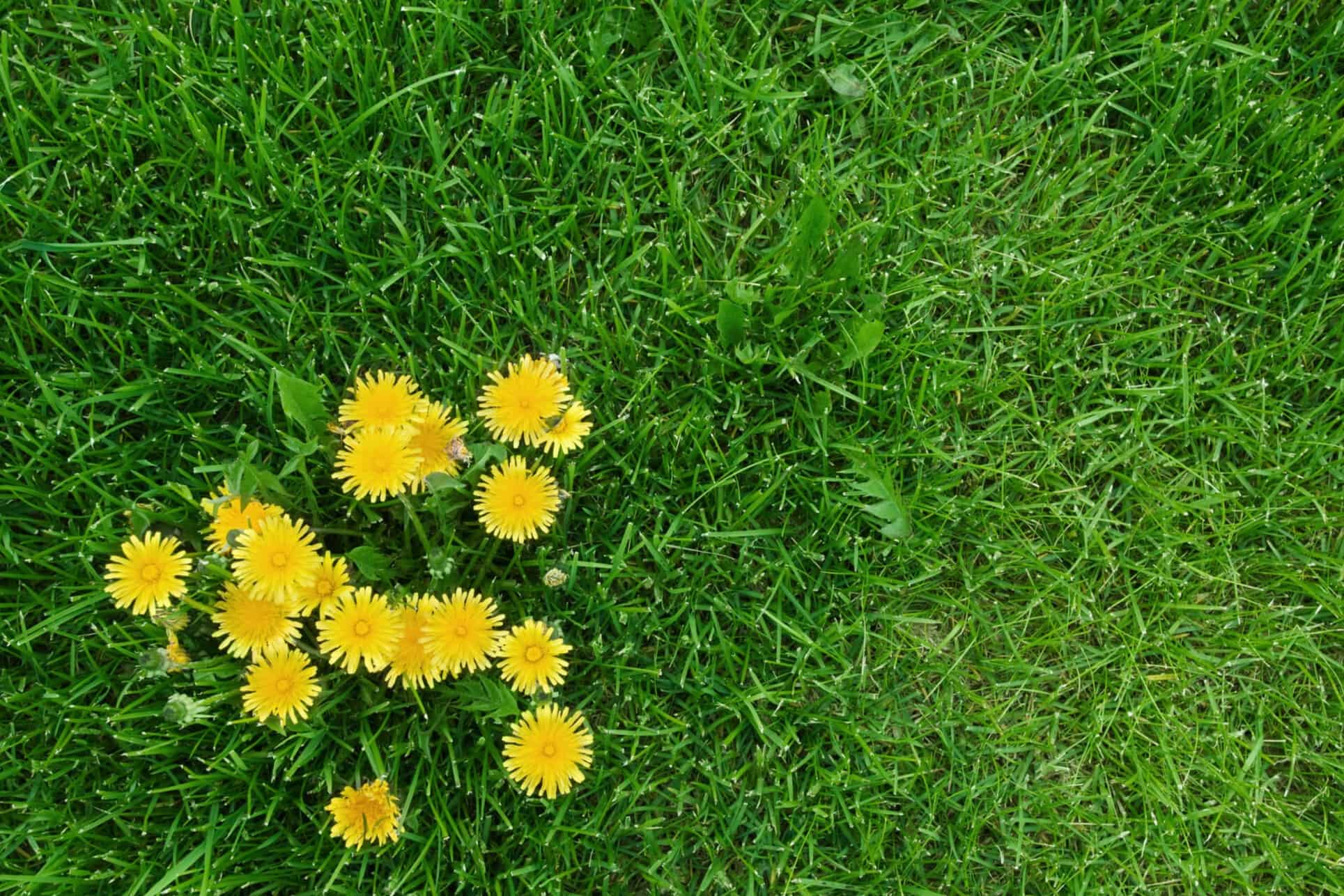

Landscaping Ideas
When To Plant Grass Seed After Weed Control
Modified: February 18, 2024
Learn the best landscaping ideas for when to plant grass seed after weed control. Discover expert tips for successful lawn maintenance and growth. Ideal timing for your landscaping project.
(Many of the links in this article redirect to a specific reviewed product. Your purchase of these products through affiliate links helps to generate commission for Storables.com, at no extra cost. Learn more)
**
Introduction
**
When it comes to maintaining a lush and vibrant lawn, weed control is a crucial aspect of the process. Weeds can quickly overtake a lawn, competing with grass for essential nutrients, water, and sunlight. To combat this issue, many homeowners turn to weed control methods to eliminate unwanted plants and pave the way for healthy, thriving grass. However, after implementing weed control, the timing for planting grass seed is critical to ensure successful establishment and growth.
In this comprehensive guide, we will delve into the intricacies of planting grass seed after weed control. By understanding the optimal timing and essential steps for this process, you can set the stage for a resilient and picturesque lawn. Whether you're a seasoned gardener or a novice enthusiast, this article will equip you with the knowledge to transform your outdoor space into a verdant oasis. Let's explore the best practices for planting grass seed after weed control and unlock the secrets to a flourishing lawn.
**
Key Takeaways:
- Timing is crucial when planting grass seed after weed control. Consider the type of weed control used, soil condition, seasonal climate, and grass species for successful germination and growth.
- Follow systematic steps for planting grass seed after weed control. Assess soil, select quality seed, protect and water the area, and maintain the seeded area for a vibrant and resilient lawn.
Read more: When To Plant Butterfly Weed Seeds
Understanding Weed Control
**
Weed control is a fundamental component of lawn maintenance, aiming to manage and eradicate invasive plants that can disrupt the health and appearance of your lawn. Weeds not only detract from the visual appeal of your outdoor space but also compete with grass for essential resources, hindering its growth and vitality. To combat these unwanted intruders, it’s essential to comprehend the various methods of weed control and their implications.
There are two primary approaches to weed control: chemical and non-chemical methods. Chemical weed control involves the use of herbicides, which are formulated to target specific types of weeds while minimizing harm to desirable plants. These herbicides can be selective, targeting certain weed species, or non-selective, affecting a broad spectrum of plants. Non-chemical methods, on the other hand, rely on manual techniques such as hand-pulling weeds, using tools like hoes and weed pullers, and employing natural weed barriers like mulch or landscaping fabric.
It’s important to note that both chemical and non-chemical weed control methods have their advantages and limitations. Chemical weed control can be highly effective in targeting persistent or widespread weed infestations, offering a quick and targeted solution. However, it requires careful application to avoid harming desirable plants and may necessitate adherence to safety guidelines. Non-chemical methods, while environmentally friendly, may require more time and effort, especially for larger areas.
Furthermore, understanding the life cycle of weeds is crucial for effective control. Weeds can be annuals, biennials, or perennials, each requiring different approaches for eradication. Annual weeds complete their life cycle within a year, germinating from seeds, growing, flowering, and producing seeds for the next generation. Biennial weeds have a two-year life cycle, while perennial weeds persist for multiple years, regrowing from their roots or seeds each season.
By gaining insight into the characteristics of common weeds in your area and the most effective control methods, you can take proactive measures to maintain a weed-free lawn. With a solid understanding of weed control, you can then proceed to the crucial step of planting grass seed after weed control, ensuring the successful establishment of a healthy and resilient lawn.
**
Timing for Planting Grass Seed After Weed Control
**
After implementing weed control measures to eliminate invasive plants from your lawn, the timing for planting grass seed plays a pivotal role in the success of your lawn restoration efforts. The ideal timing is influenced by various factors, including the type of weed control applied, the condition of the soil, and the specific grass species you intend to plant. Understanding the optimal timing for planting grass seed after weed control is essential to maximize the chances of successful germination and establishment.
If you’ve utilized chemical weed control, it’s crucial to wait for the appropriate period before seeding your lawn. Certain herbicides can hinder the germination and growth of grass seeds, necessitating a waiting period to ensure that the residual effects do not impede the establishment of new grass. The waiting period can vary based on the specific herbicide used, so it’s imperative to consult the product label or seek guidance from a knowledgeable professional to determine the ideal timeframe for planting grass seed.
Moreover, the condition of the soil following weed control is a significant consideration. If the soil has been compacted or disrupted during the weed control process, it may require remediation before seeding. Aerating the soil to improve its structure and alleviate compaction can create an optimal environment for grass seed germination and root development. Additionally, amending the soil with organic matter, such as compost, can enhance its fertility and provide essential nutrients for the emerging grass seedlings.
Another crucial factor in determining the timing for planting grass seed after weed control is the seasonal climate and weather patterns. Ideally, the best time to sow grass seed is during the early fall or spring, when the soil temperature and moisture levels are conducive to germination and growth. These seasons offer mild temperatures and consistent moisture, creating favorable conditions for the establishment of new grass. Planting grass seed during these optimal periods can maximize the likelihood of successful germination and robust growth, setting the stage for a lush and healthy lawn.
Furthermore, the specific grass species you intend to plant influences the timing of seeding after weed control. Different grass varieties have distinct growth requirements and optimal planting times. Warm-season grasses, such as Bermuda grass and Zoysia grass, thrive when planted in late spring or early summer, while cool-season grasses like Kentucky bluegrass and fescue are best seeded in early fall. Understanding the preferred planting times for your chosen grass species is essential for achieving the best results.
By carefully considering the type of weed control applied, the condition of the soil, seasonal factors, and the specific grass species, you can determine the optimal timing for planting grass seed after weed control. This strategic approach enhances the prospects of successful germination and the establishment of a resilient and verdant lawn.
**
Wait at least 4 weeks after applying weed control before planting grass seed. This allows the chemicals to break down and won’t hinder the new grass growth.
Steps for Planting Grass Seed After Weed Control
**
Once the appropriate timing for planting grass seed after weed control has been determined, it’s time to embark on the essential steps to ensure the successful establishment of new grass in your lawn. By following a systematic approach, you can optimize the conditions for germination and foster the growth of healthy, vibrant grass. Let’s explore the key steps for planting grass seed after weed control, guiding you through the process of rejuvenating your lawn.
- Assess the Condition of the Soil: Before planting grass seed, assess the condition of the soil to identify any compaction or deficiencies that may hinder the growth of new grass. Conduct a soil test to determine its pH level and nutrient content, allowing you to make informed decisions regarding soil amendments and fertilization.
- Prepare the Soil: If the soil is compacted, aerate it to improve its structure and promote better air and water circulation. Additionally, consider incorporating organic matter such as compost into the soil to enhance its fertility and provide a favorable environment for grass seed germination.
- Select High-Quality Grass Seed: Choose a premium quality grass seed blend that is well-suited to your specific climate and growing conditions. Opt for a mix that comprises resilient and adaptable grass varieties, ensuring a robust and visually appealing lawn.
- Sow the Grass Seed: Distribute the grass seed evenly across the prepared soil, using a seed spreader or by hand. Be mindful of the recommended seeding rates for the selected grass species to achieve optimal coverage and density.
- Protect and Water the Seeded Area: After sowing the grass seed, cover the seeded area with a light layer of mulch or straw to protect the seeds from birds and excessive sunlight. Water the seeded area gently and consistently to maintain adequate moisture levels for germination, ensuring that the soil remains moist but not waterlogged.
- Monitor and Maintain the Seeded Area: Keep a close eye on the seeded area, monitoring the soil moisture and the emergence of new grass seedlings. Adjust the watering frequency as needed to sustain optimal moisture levels for seed germination and early growth. As the grass seedlings develop, gradually transition to a regular watering schedule to promote deep root establishment.
- Implement Proper Lawn Care Practices: Once the new grass has established itself, implement proper lawn care practices such as mowing, fertilizing, and weed control to nurture a healthy and resilient lawn. Adhere to recommended mowing heights and fertilization schedules to support the ongoing vitality of the grass.
By diligently following these steps for planting grass seed after weed control, you can create an environment conducive to the successful germination and growth of new grass. With careful attention to soil preparation, seed selection, and maintenance practices, you can look forward to a rejuvenated lawn that exudes natural beauty and vitality.
**
Conclusion
**
Embarking on the journey of planting grass seed after weed control is a transformative endeavor that holds the promise of revitalizing your lawn and creating a verdant sanctuary. By understanding the nuances of weed control, recognizing the optimal timing for seeding, and following the essential steps for successful grass establishment, you can cultivate a lush and resilient lawn that enhances the beauty of your outdoor space.
Weed control serves as the foundation for fostering a thriving lawn, mitigating the encroachment of unwanted plants and creating an environment conducive to the growth of healthy grass. Whether through chemical or non-chemical methods, the effective management of weeds sets the stage for the rejuvenation of your lawn, paving the way for the successful planting of new grass seed.
The timing for planting grass seed after weed control is a critical consideration, influenced by factors such as the type of weed control applied, soil condition, seasonal climate, and the specific grass species chosen. By carefully evaluating these elements, you can pinpoint the opportune moment to sow grass seed, maximizing the prospects of successful germination and robust grass growth.
Following the systematic steps for planting grass seed after weed control empowers you to create an optimal environment for the establishment of new grass. From soil preparation and seed selection to diligent maintenance and care, each step plays a pivotal role in nurturing the growth of vibrant and resilient grass that transforms your lawn into a picturesque oasis.
As you embark on this horticultural journey, remember that patience and attentive care are essential companions. The process of establishing new grass seed after weed control requires nurturing and vigilance, but the rewards are bountiful. With each tenderly nurtured seedling and each blade of grass that flourishes, you witness the tangible fruits of your labor, culminating in a vibrant and inviting lawn that beckons with natural beauty.
By embracing the knowledge and insights shared in this guide, you are poised to embark on a fulfilling and rewarding endeavor, breathing new life into your outdoor sanctuary. As you sow the seeds of transformation, envision the lush expanse of grass that will grace your landscape, a testament to your dedication and the wonders of nature’s resilience.
Frequently Asked Questions about When To Plant Grass Seed After Weed Control
Was this page helpful?
At Storables.com, we guarantee accurate and reliable information. Our content, validated by Expert Board Contributors, is crafted following stringent Editorial Policies. We're committed to providing you with well-researched, expert-backed insights for all your informational needs.
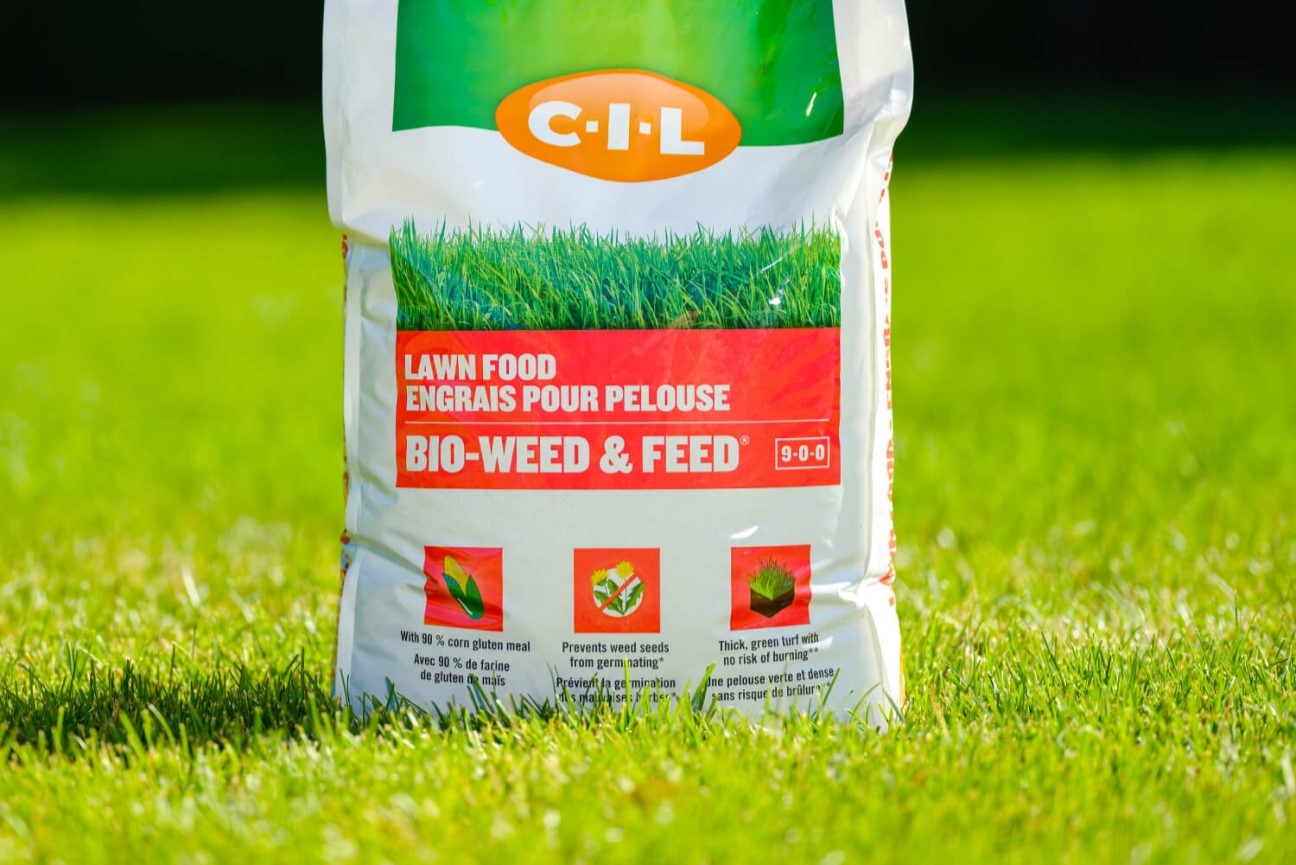
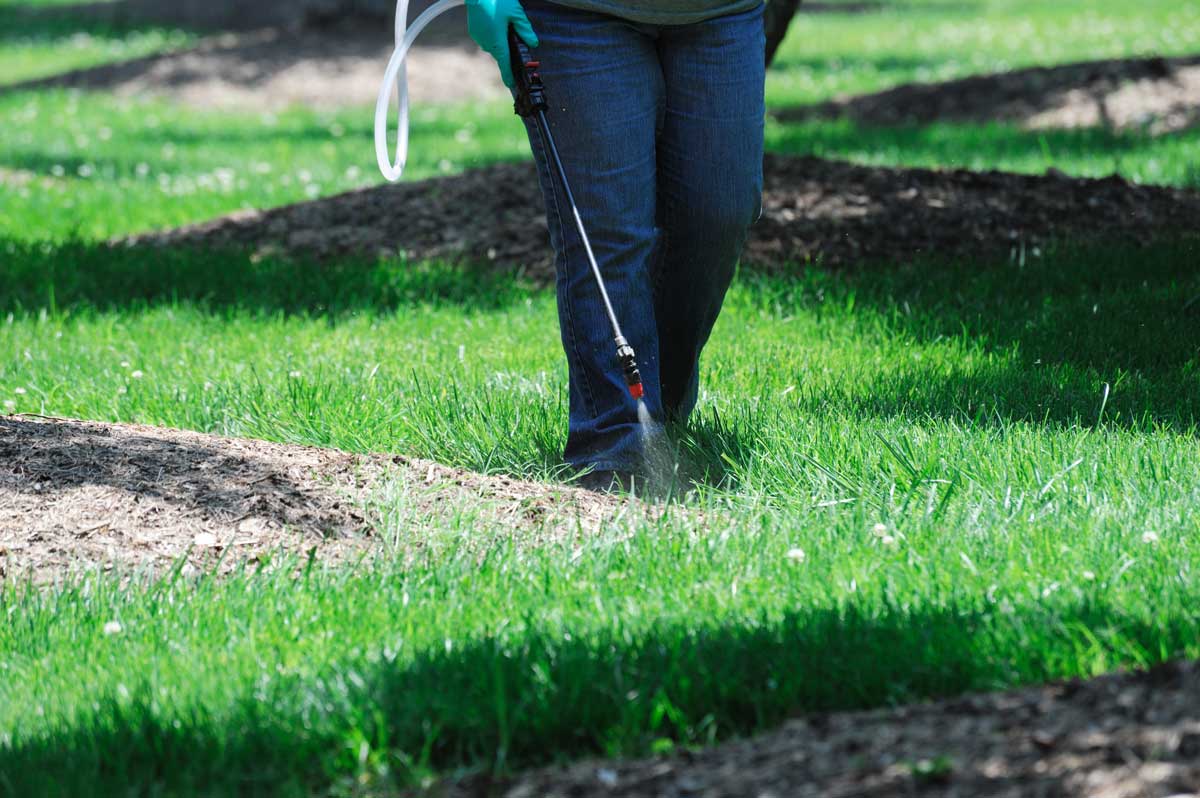
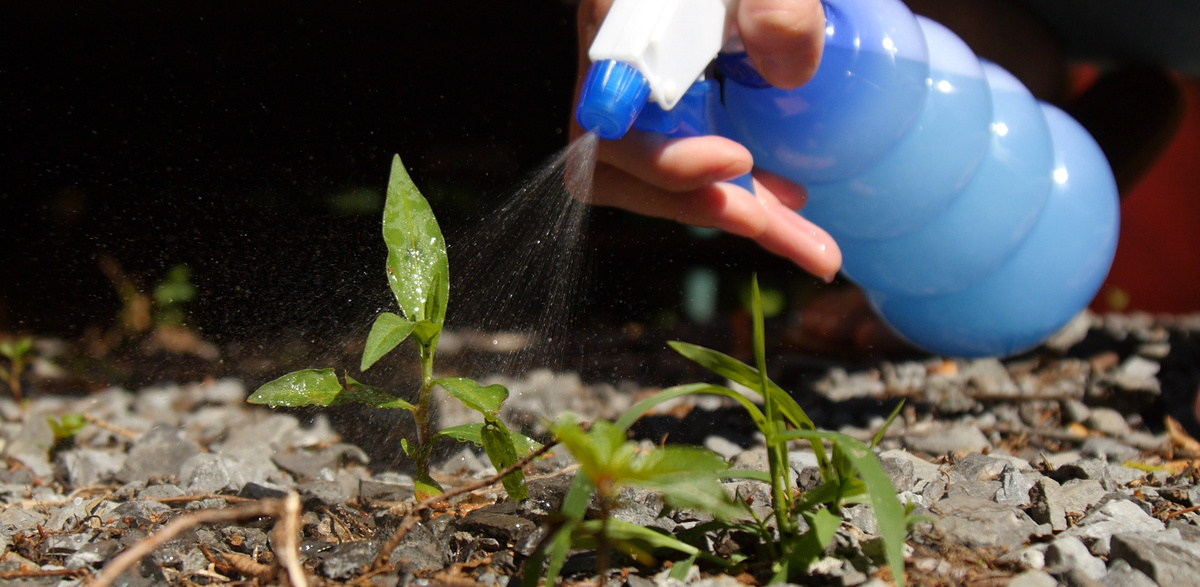
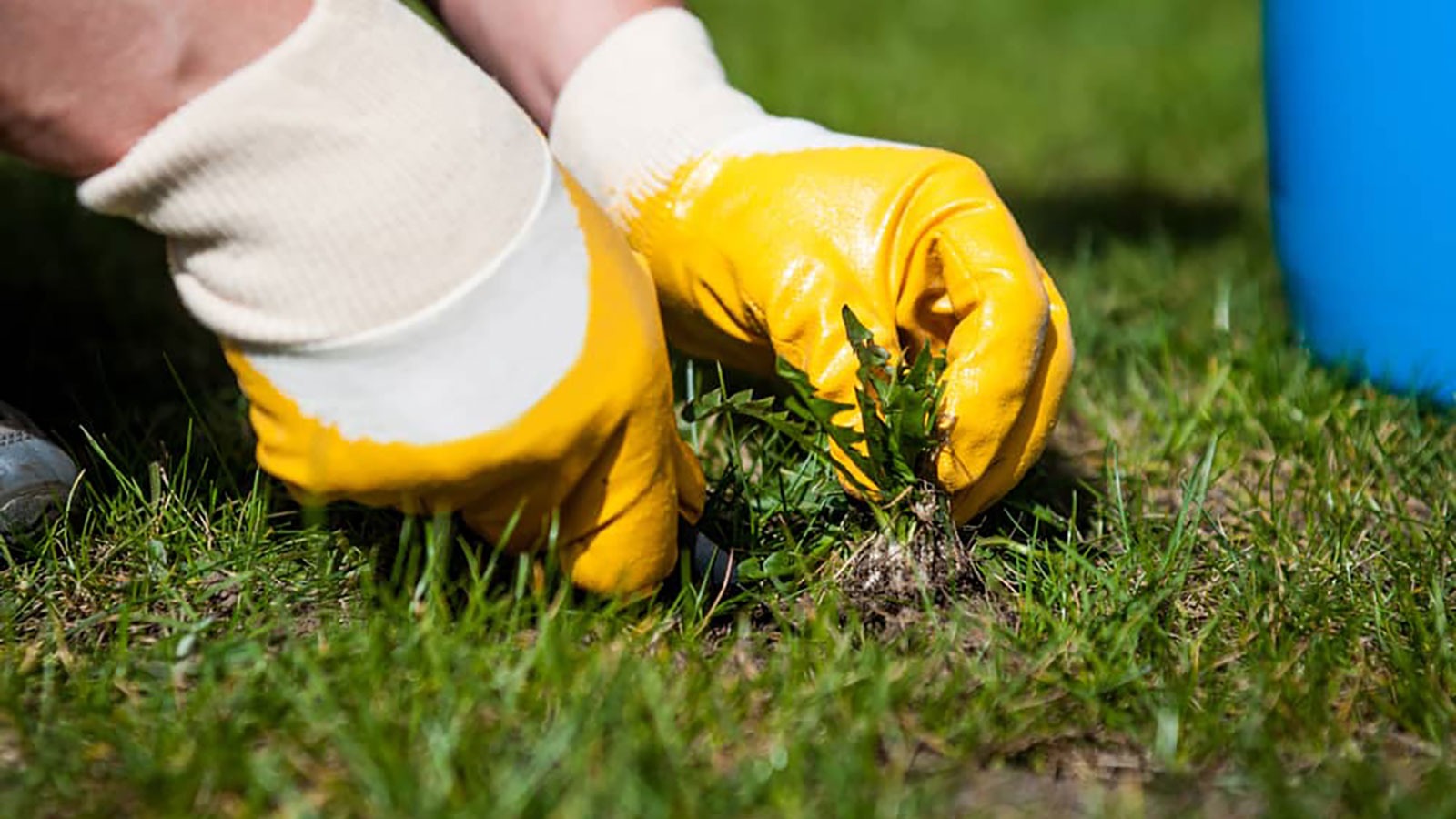
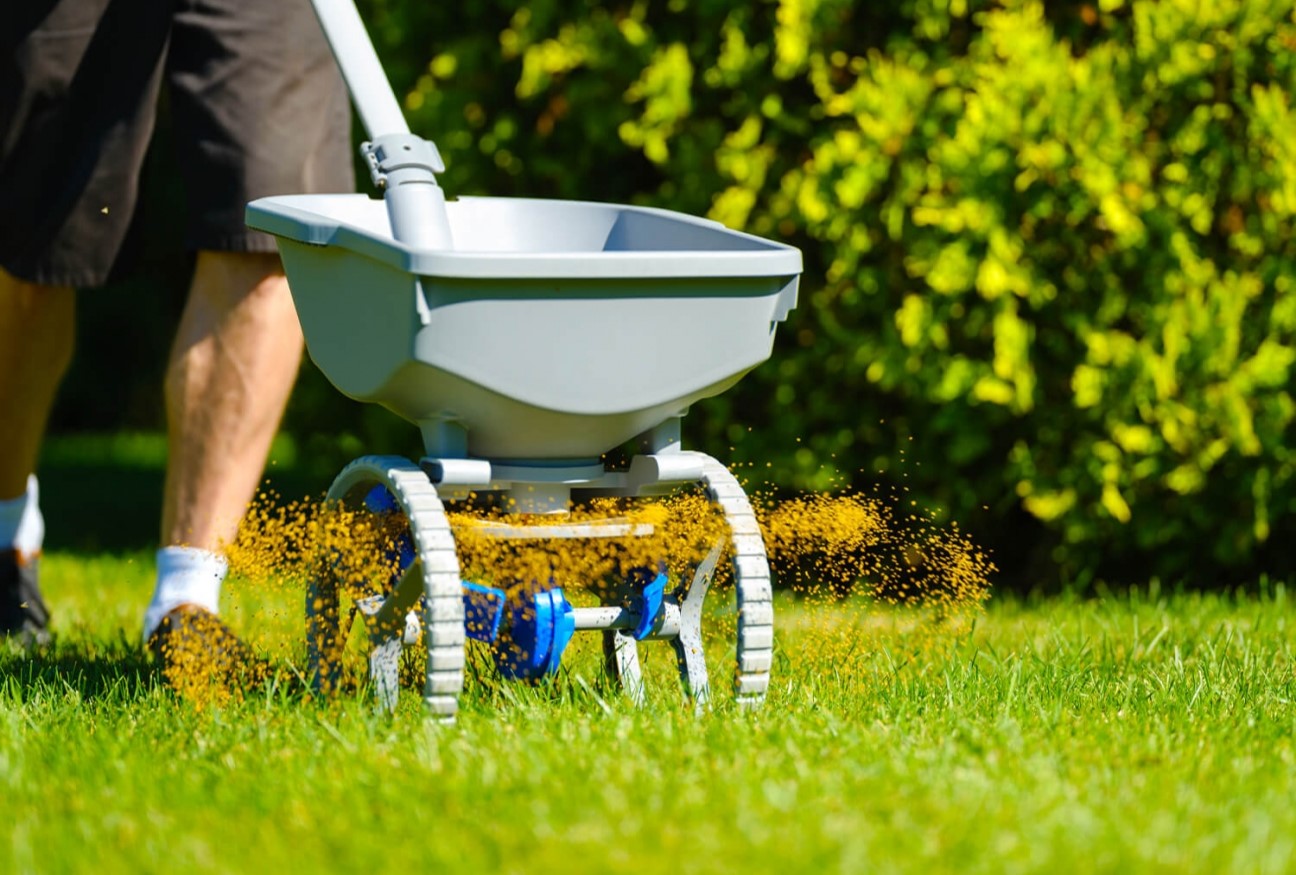
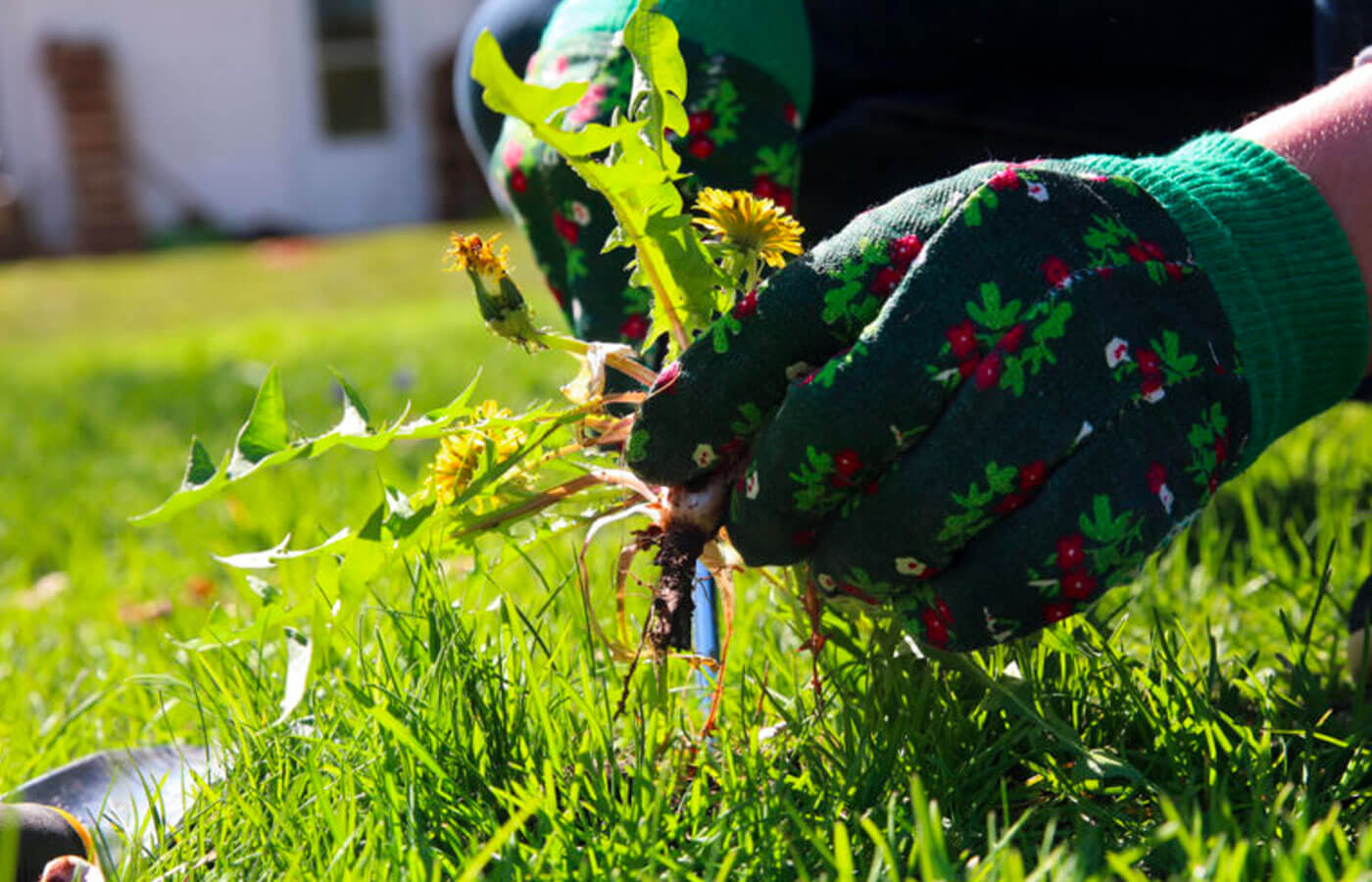
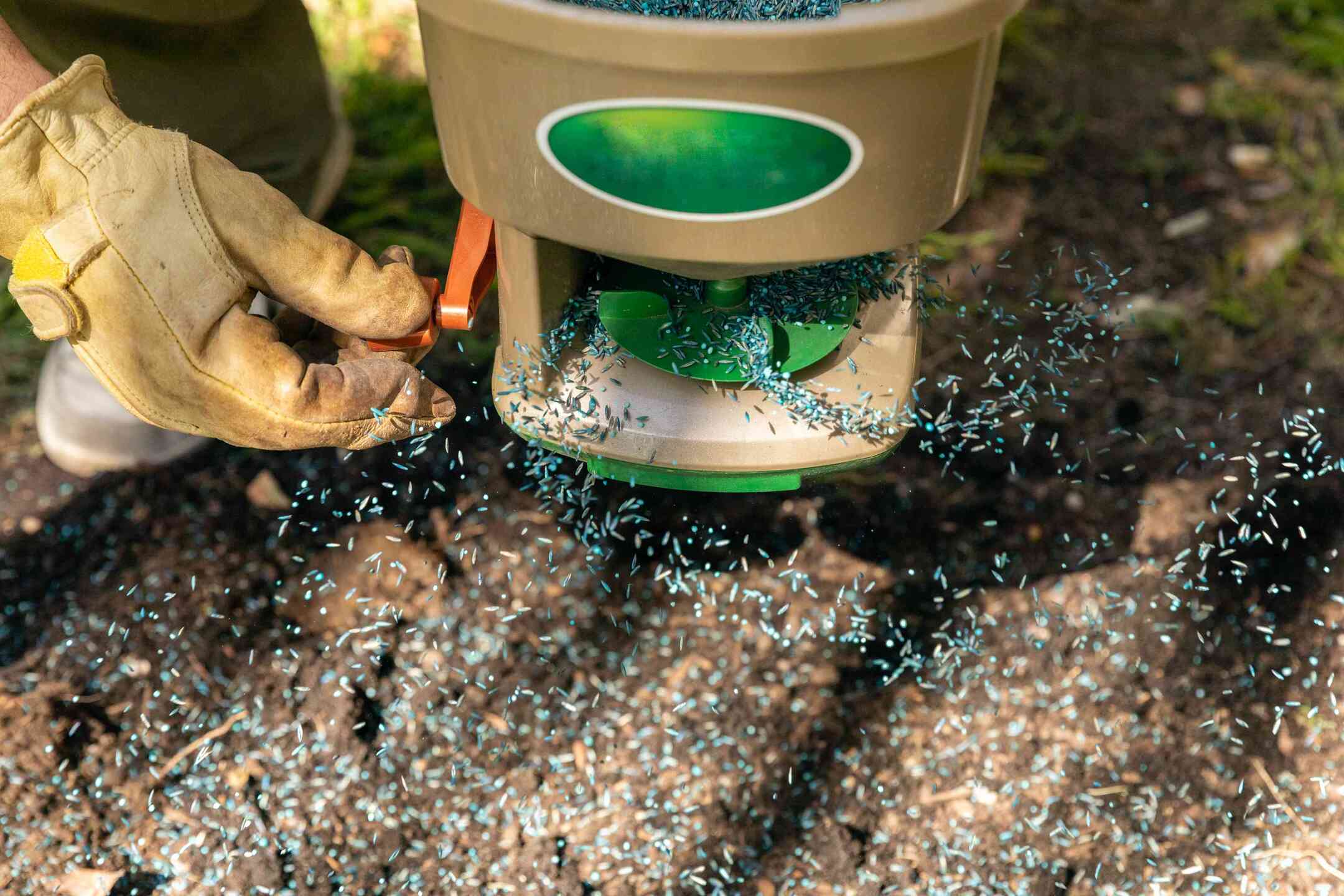
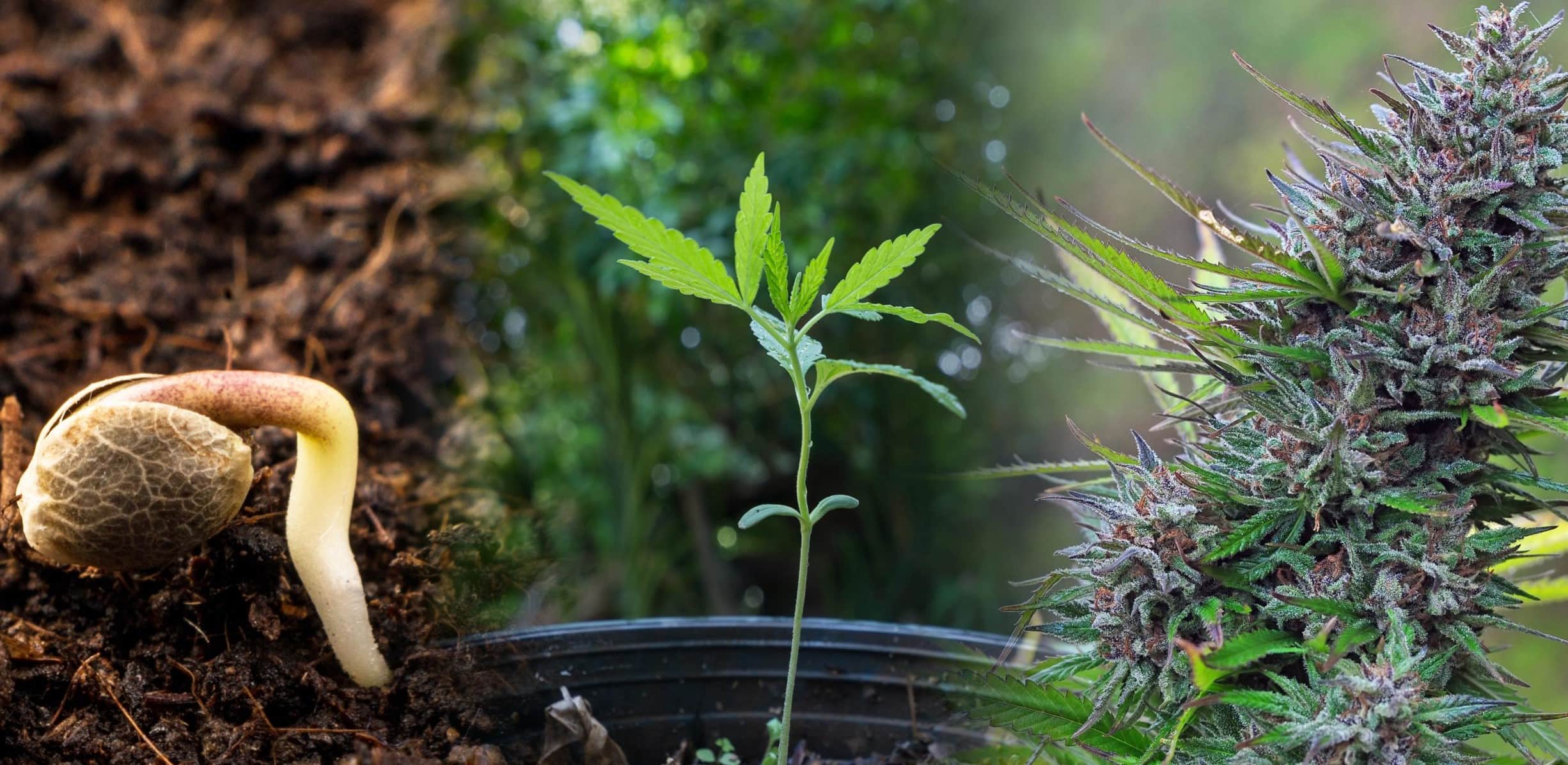
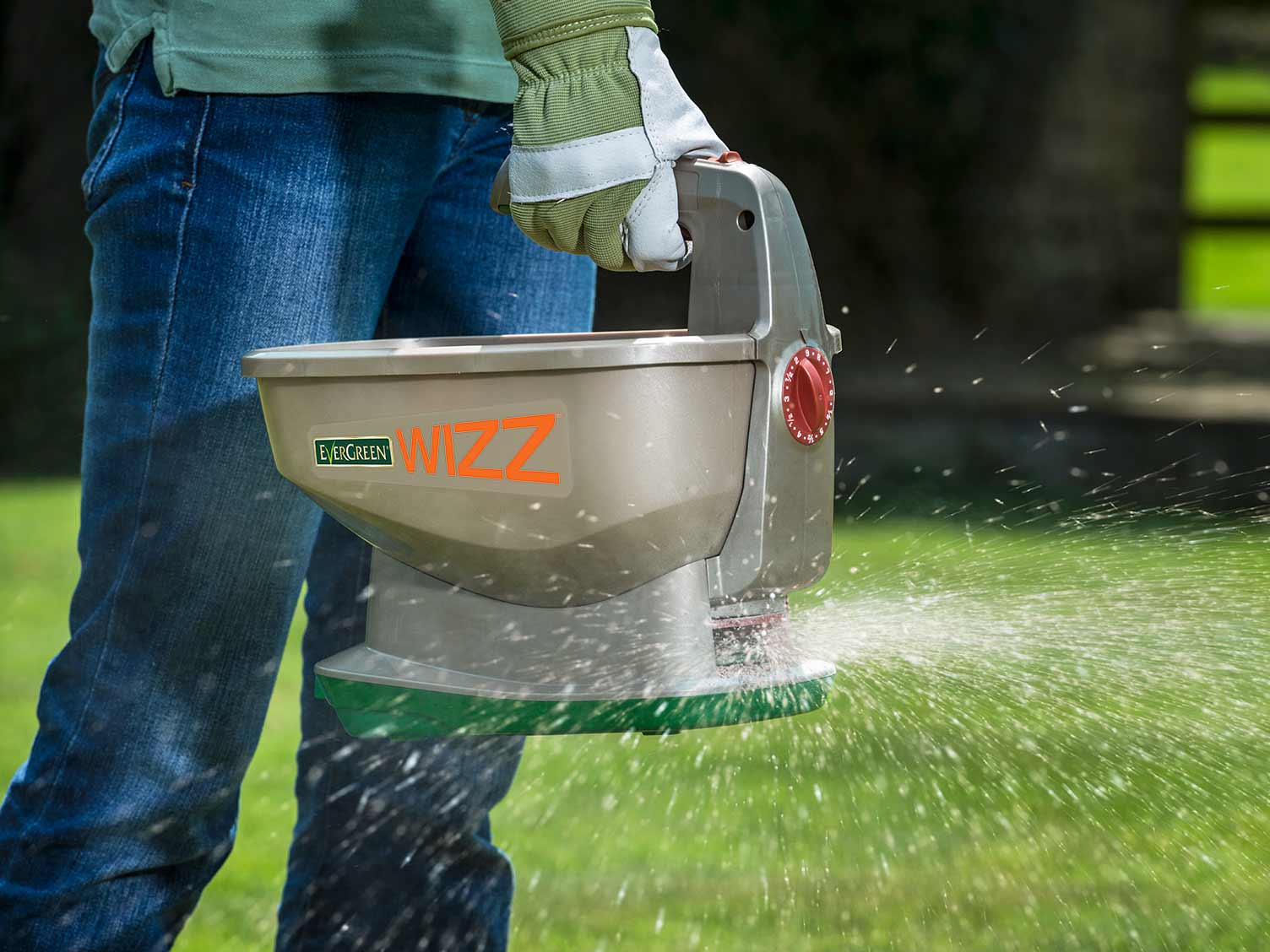
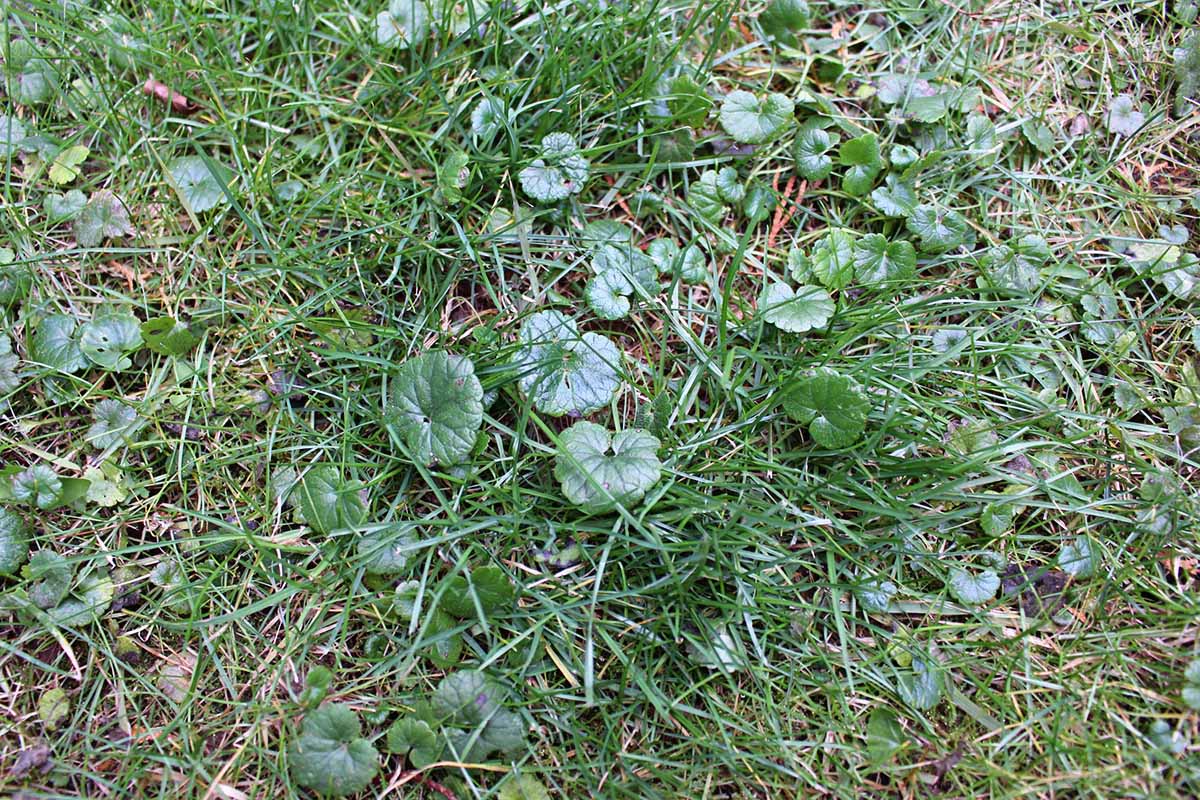
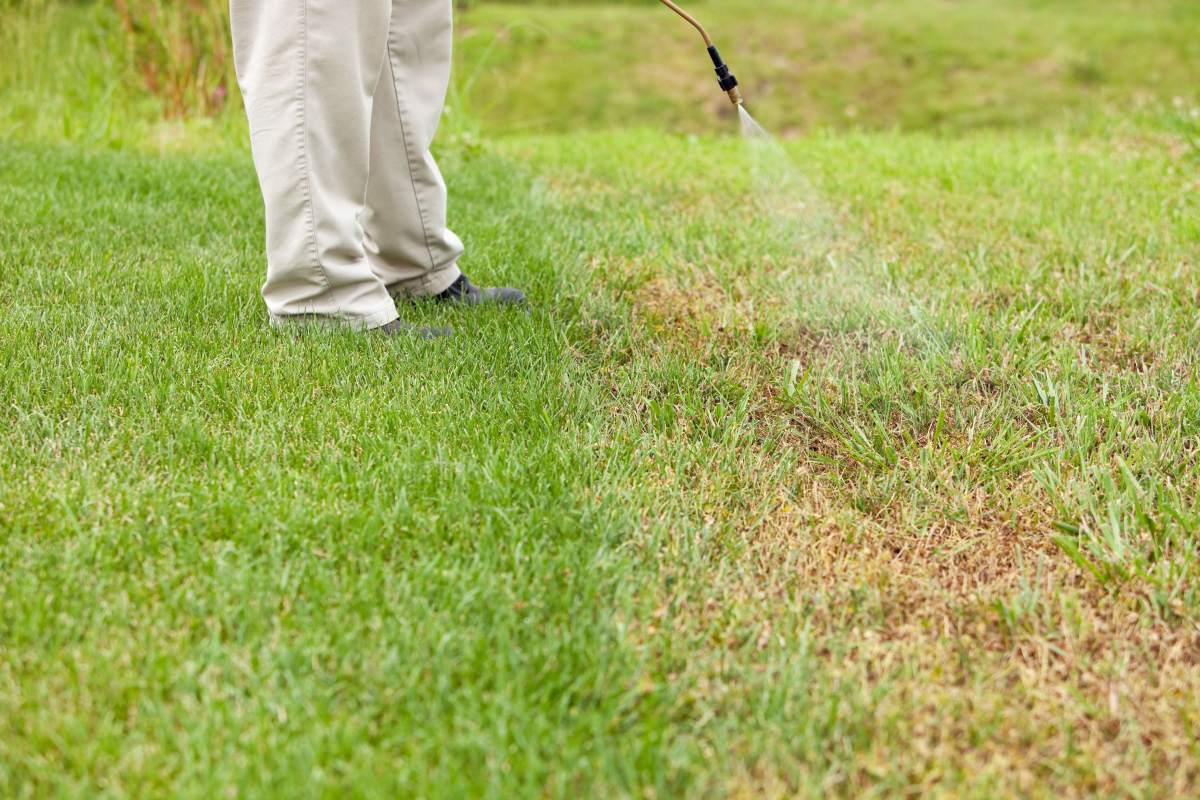
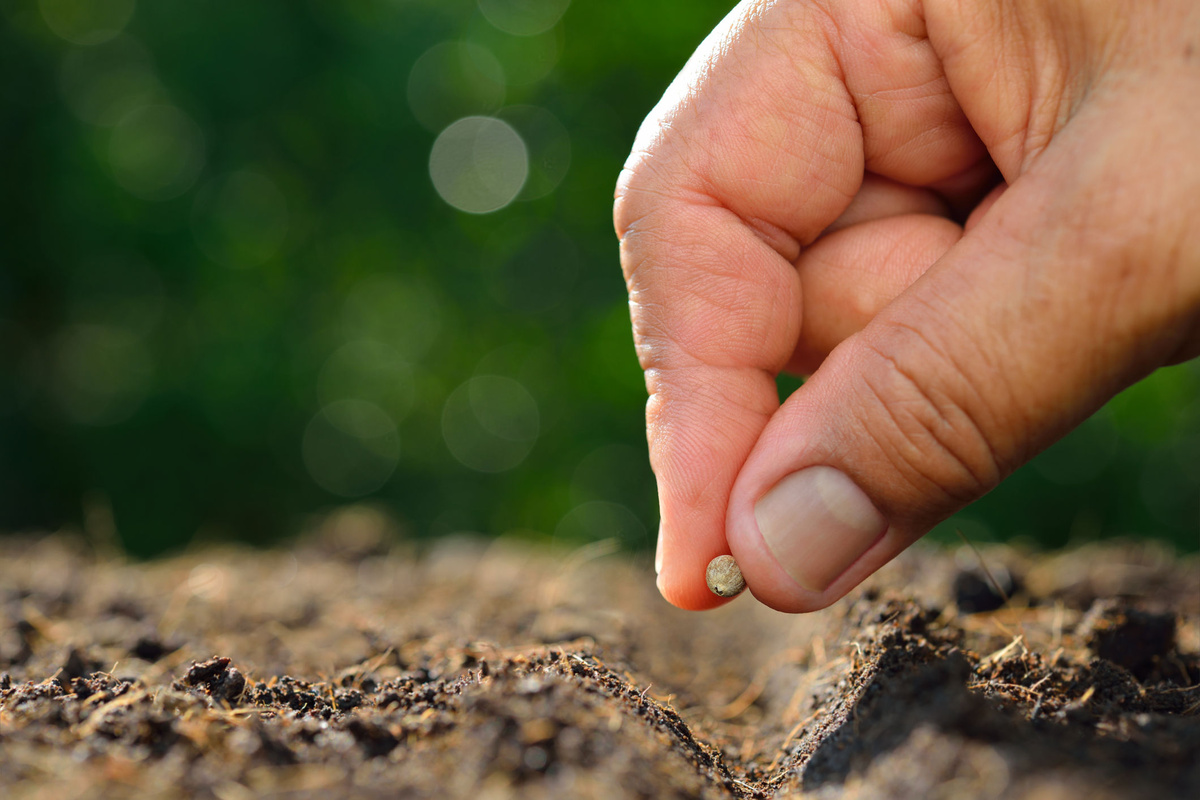
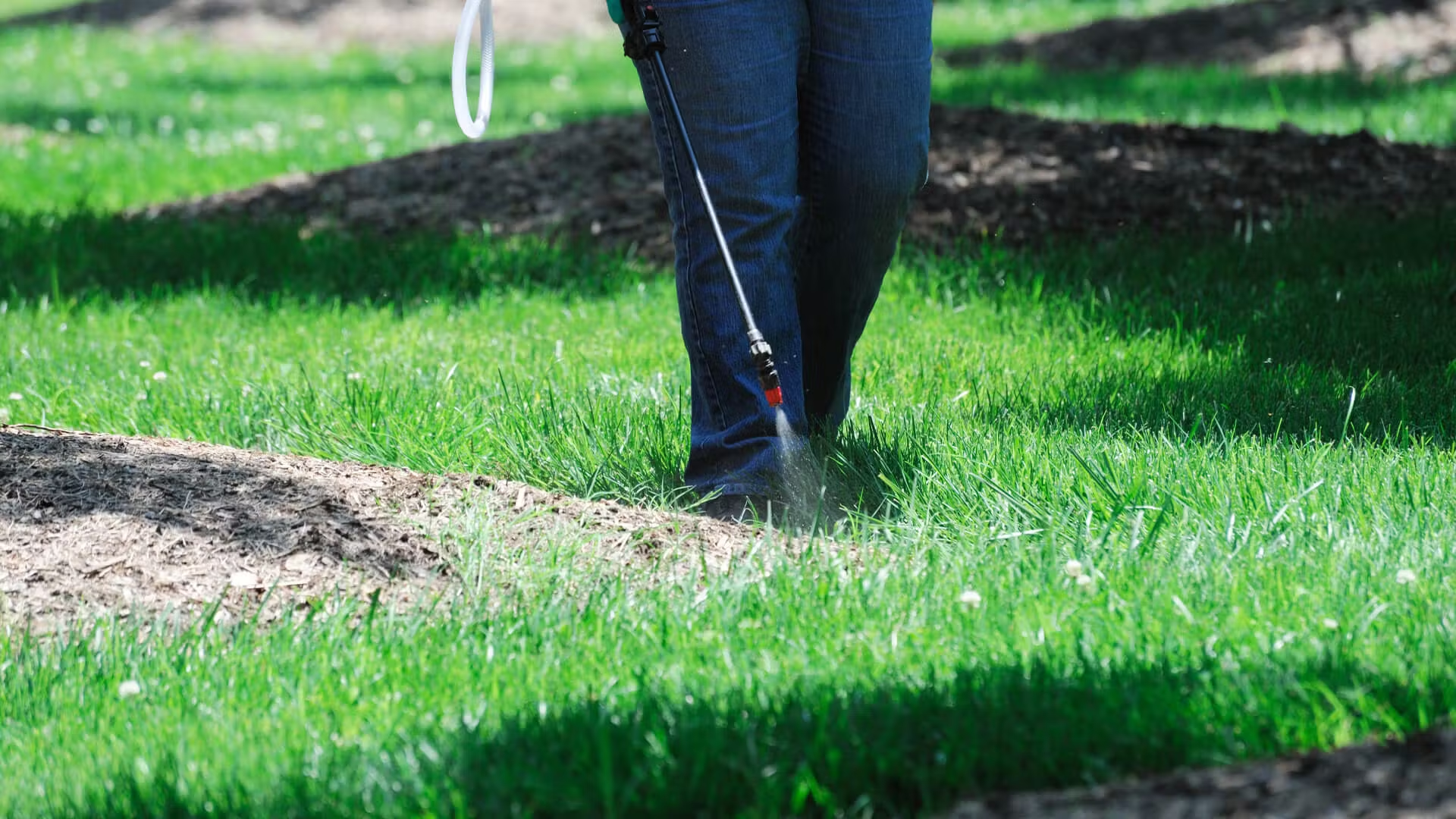
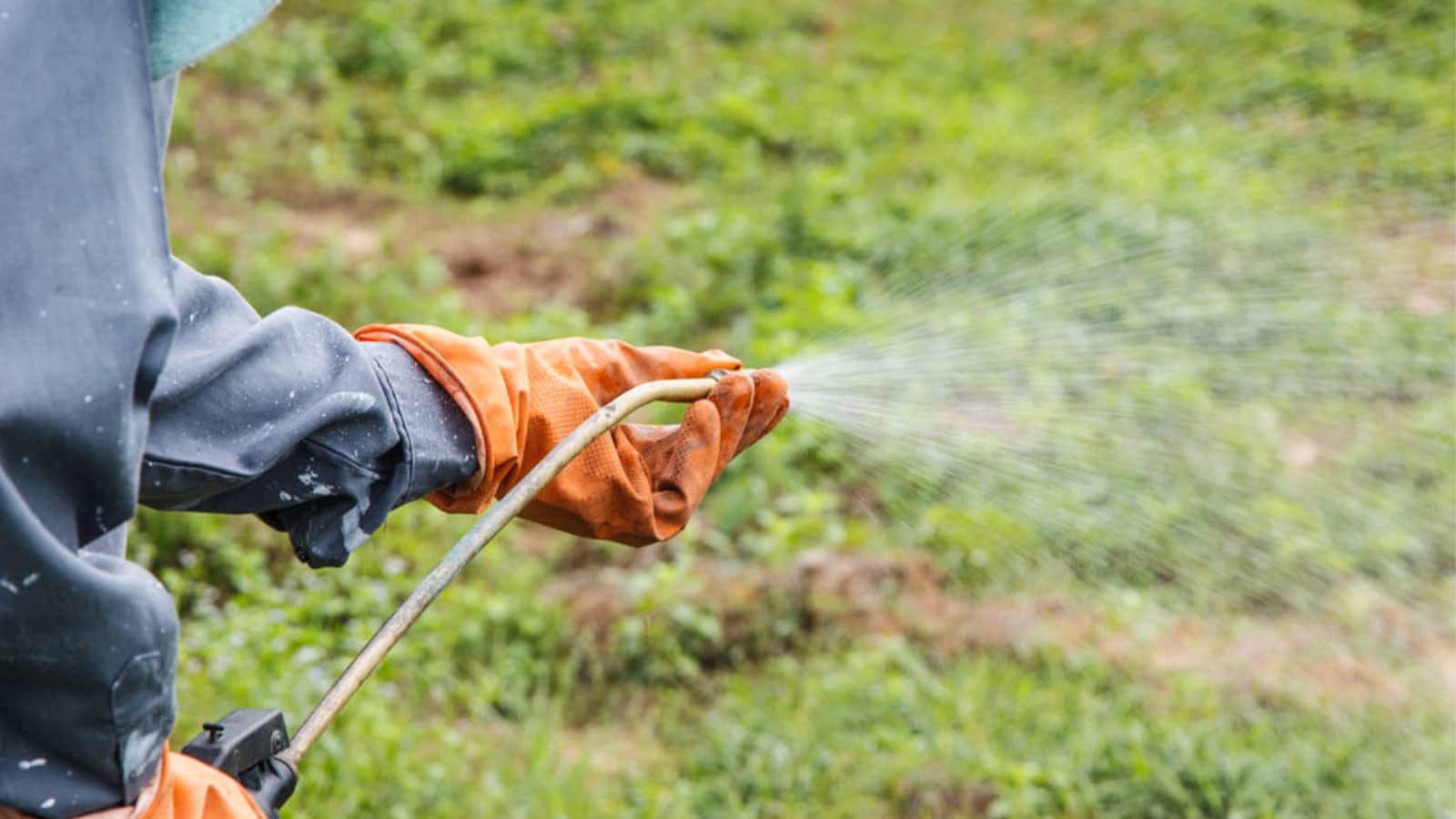
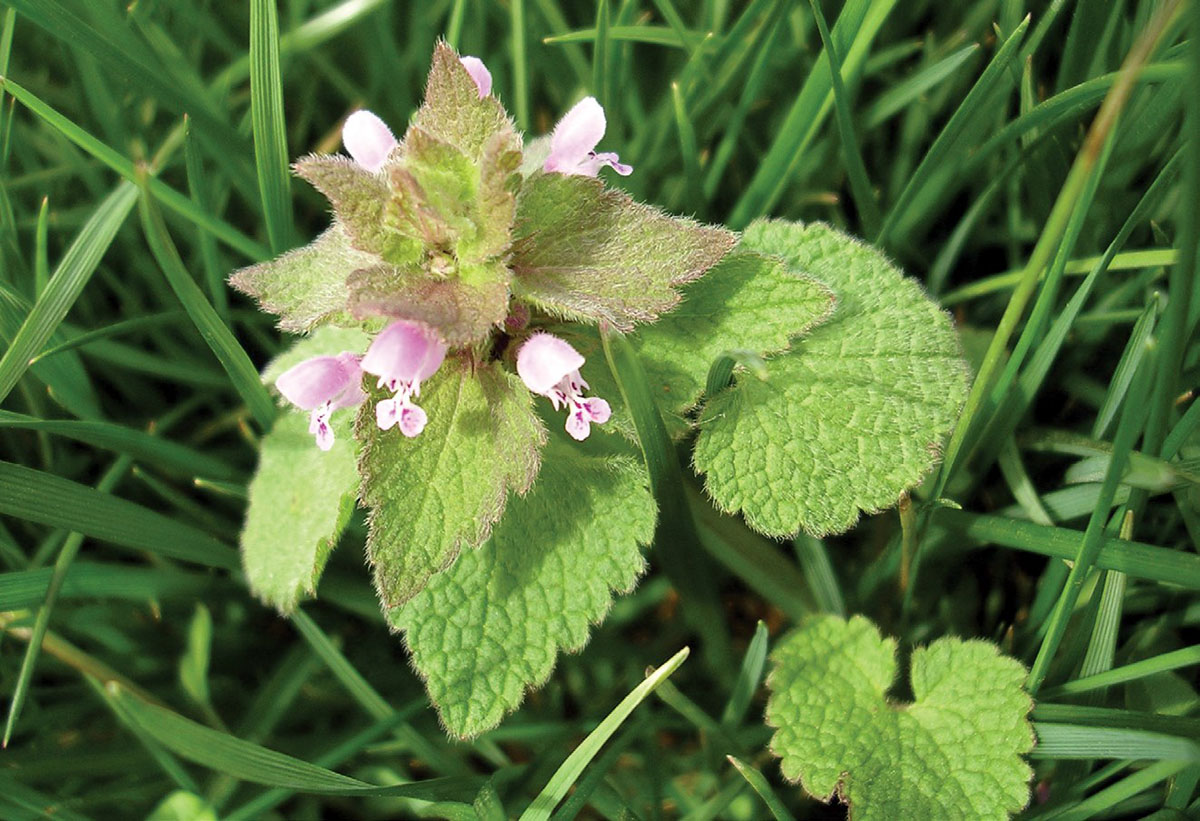

0 thoughts on “When To Plant Grass Seed After Weed Control”